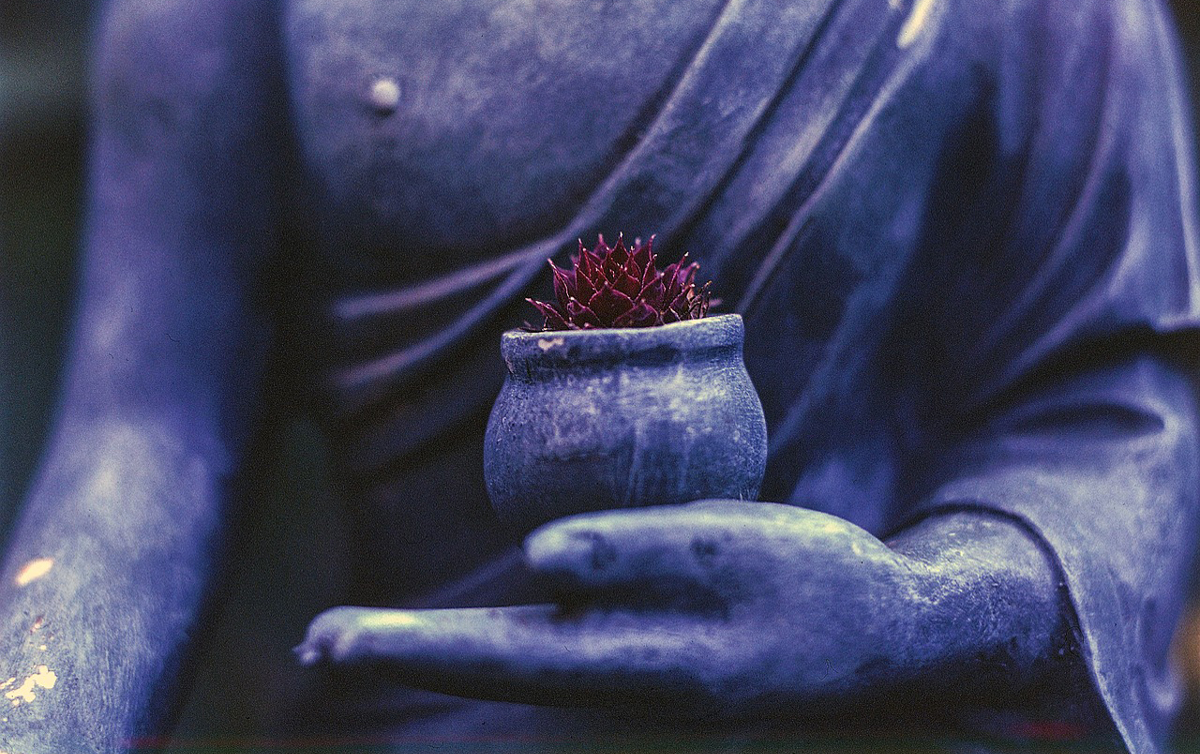
Five ways to find peace by staying present
By Dave Schramm
It is easy to get caught up in the events of the past or the future. However, doing so only brings worry and causes you to miss out on the present. On the other hand, mindfulness — or focusing on the present moment — leads to better health, lower anxiety, and greater resilience to stress. Learning to incorporate the concept of “flow” is one of several ways to increase mindfulness.
Have you ever enjoyed an activity so much that you did not feel time passing? This intense absorption and involvement in what you were doing in the present moment is called “flow,” and it is generally pleasurable and fulfilling. In addition, the enjoyment is usually lasting and reinforcing and provides a natural high that is not accompanied by negative feelings.
Although it is easy to experience flow during our favorite activities, we can enjoy this feeling more often during other activities with practice, and experiencing flow will come more naturally. Consider these five tips to find peace by staying present:
Control your attention
Try to keep your full attention on the task at hand. If your mind wanders, bring it back to the present moment. If you are having a conversation with another person, try to stay completely focused on what they are saying. Be patient with yourself as you work to develop the ability to stay focused.
Adopt new perspectives
Try to enjoy life, even if it unfolds differently than you had planned, which it often does! In order to do so, be open to new and different experiences, and be willing to keep learning until the day you die.
Recognize flow
Many times, we do not realize that we are having these experiences. In order to create more of these in your life, you first have to recognize when they are happening so you can increase them.
Transform routine tasks
During dull, daily tasks, seek to add microflow activities to make them more meaningful. For example, while you are waiting at the doctor’s office, you could read a book or draw a picture. You could try to make your work more meaningful by viewing it as your calling in life rather than just a job. When brushing your teeth, try doing some lunges or squats. When driving, instead of listening to the radio, listen to audiobooks, podcasts, or TED talks to learn new ideas.
Find the balance between challenge and skills
Flow experiences occur when we are sufficiently challenged to the point that our skills are stretched, but not so much that the task seems daunting. Activities that challenge your skills too much result in anxiety, while activities that are not challenging enough result in boredom; herein lies the paradox of flow experiences.
The intrinsic rewards of engaging in these kinds of activities make you want to keep doing them, yet you have to continue stretching yourself because your progress will eventually leave you bored during the same experiences that were once exciting.
Finding activities that result in flow is exhilarating. Change things up by trying new things. Our brains crave variety and novelty. The key to finding flow is developing a balance between skills and challenges — finding something you are good at and enjoy but that still stretches you a bit.
Dave Schramm is a Utah State University Extension family life specialist.
Articles related to “Five ways to find peace by staying present”
Publisher’s Perspective: What I gained from one year of daily meditation
Five days of fasting and meditation: A prescription for sanity



